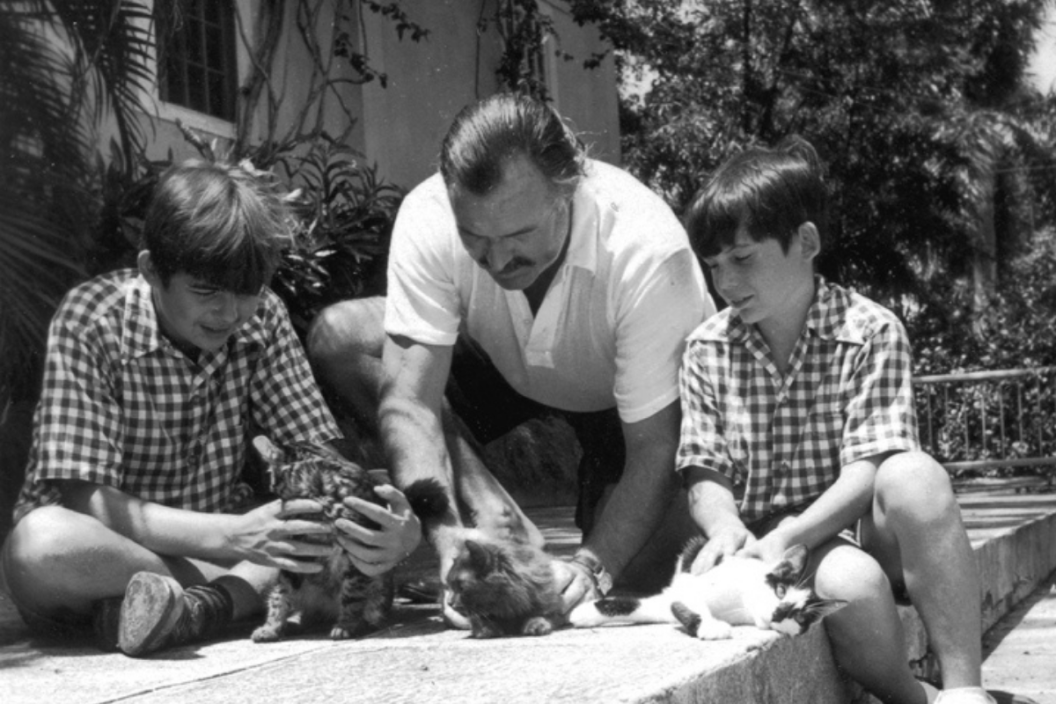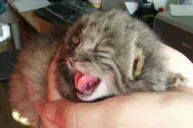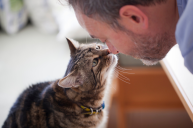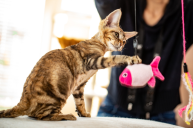Visiting the Florida Keys means seeing the famous Hemingway House. Other than author Ernest Hemingway, the historic building is also known for its many cats with an extra number of toes.
Many who've been to Key West have visited Ernest Hemingway's former home, now the Ernest Hemingway Home and Museum. Aside from the celebrity of its former owner, the property is also famous for its resident population of polydactyl — or many-toed — cats. Some 40-50 of these unique and beautiful felines, referred to as "Hemingway Cats," call the grounds home.
Polydactyl Cats
https://www.instagram.com/p/CF15yA0DYYI/?igshid=1u8hsihirq3np
Polydactyly (or Polydactylism) is a genetic condition that causes an individual to be born with extra digits. Polydactyly is inherited from a dominant gene and can occur in multiple species.
In cats, polydactyly is most common on the front paws. It less frequently occurs on the hind paws, and very rarely presents on all four paws. Polydactyl cats come in all shapes, sizes, colors, and breeds. The polydactyl gene is more commonly found among cats along America's East coast, as well as in southwest England and Wales.
What Is a Hemingway Cat?
https://www.instagram.com/p/CIihlTRDPO3/
The story of Ernest Hemingway and his six-toed cats began with Snow White, a white polydactyl kitten that Hemingway received in the 1930s. The kitten was a gift from a sea captain named Stanley Dexter. Sailors favored polydactyl cats, believing they were good luck. Their extra toes enhanced their abilities as mousers and provided better balance on rough seas. They are often called "mitten cats."
To this day, many of Snow White's descendants roam the grounds of Hemingway Home, and because Key West is so small, it's not unlikely that many of the cats on the island are related.
The Hemingway Cats of Today
https://www.instagram.com/p/Bdc5K1rly7h/
About half of the cat population at the Hemingway Museum exhibit the physical indicator of polydactyly: extra toes. However, all of the property's cats carry the polydactyl gene. This means that even the cats with normal numbers of toes on each paw (five front toes and four rear toes) can produce polydactyl kittens.
Hemingway, a natural cat lover, named his cats after famous people, and the keepers of the Ernest Hemingway Home & Museum carry on that tradition today.
Interested in learning more about Hemingway's cats? Read all about them here, on the Ernest Hemingway Home and Museum's official webpage.
What do you think of Hemingway's multi-toed cats? Let us know on the Wide Open Pets Facebook page!
This article was originally published August 26, 2019.




